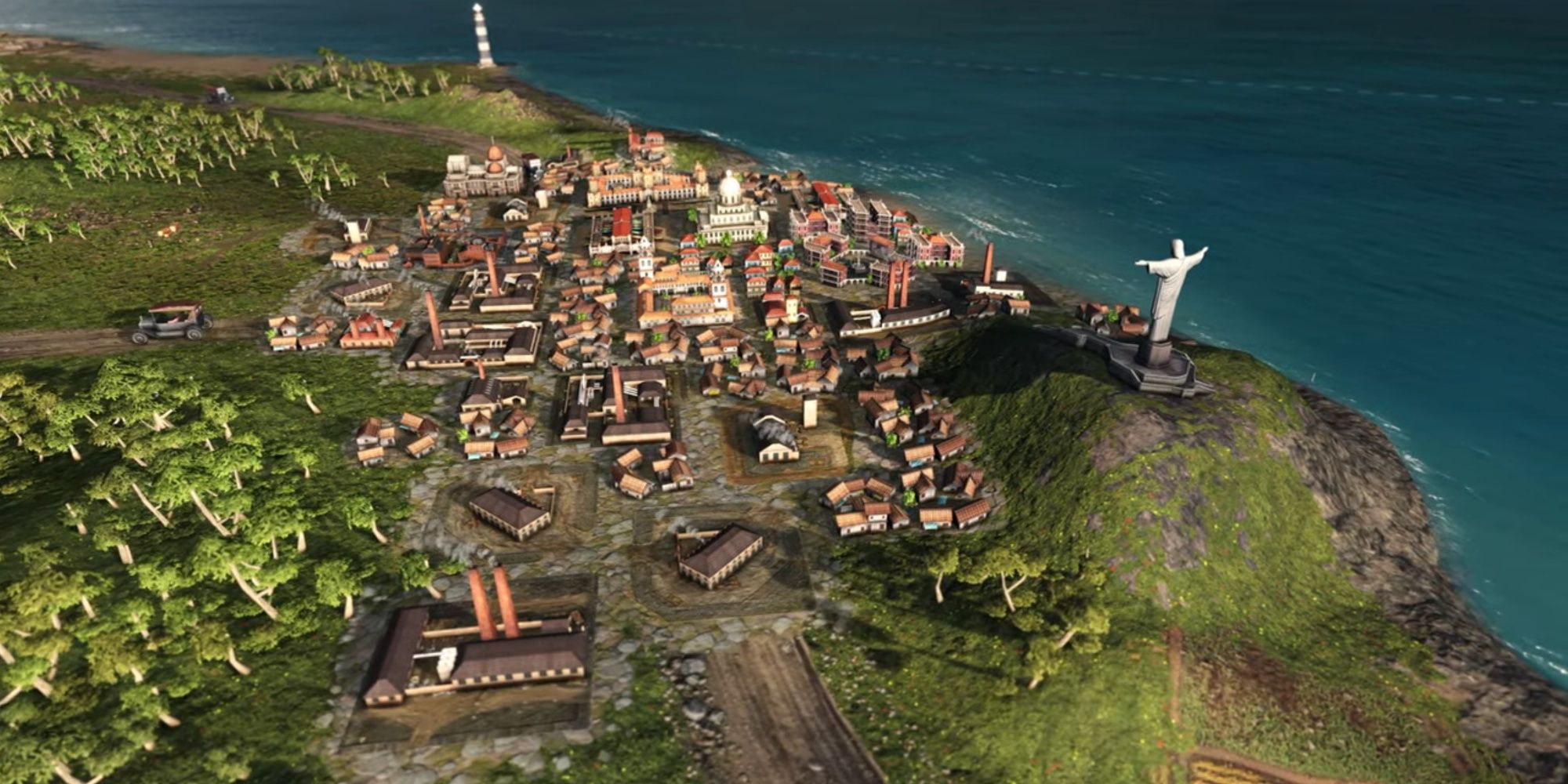Victoria 3: Colossus Of The South Is A Bland Flavour Pack

Summary
- Colossus of the South adds new events, historical characters, and missions to the South American region in Victoria 3, providing some flavor and variety to gameplay.
- The new content, while appreciated, is not substantial enough to significantly alter the overall game experience, leaving the DLC feeling somewhat underwhelming.
- Compared to other Paradox games, Victoria 3's DLC practices focus more on introducing new mechanics through free content updates, resulting in region packs that lack impactful changes.
When I play Victoria 3, I tend to stick to European countries. It’s how I play Europa Universalis, and it’s how I play Crusader Kings. Familiarity breeds comfort. The last time I played a campaign in South America in Victoria 3, it was during the review period, as the devs recommended Chile as a starting nation. Thus, I was excited to see all the changes to the region that the Colossus of the South would bring.
I dabbled in a few countries to test the waters before settling on Bolivia for a full campaign run with the new pack. Its central location and its ability to consume three other countries with relative ease appealed to me. Needless to say, as happiness is a seemingly impossible goal for the ungrateful masses of the 1800s, the beginning of the game was a satisfyingly chaotic balance of keeping my subjects happy, deterring my vassals from starting civil wars, and beating Chile off with a stick.
When I say I beat Chile off with a stick, I do of course mean with riflemen. I know how war works.
As a flavour pack, you’re looking for substantial changes to a region that make it more interesting for those who regularly play the area and more attractive for newbies looking to explore outside of their comfort zone. Colossus of the South adds new events, historical characters, and missions to take on. The first two add little to the game, boiling down to the typical buttons and icons that you’ll hover over with your cursor to see how they’ll affect your country and your plans going forward (in the most frustrating and anti-fun ways when the historical characters in question are oft-maligned political agitators). You’ll read event text once before identifying which option is the best to choose, and characters are, as ever, ruled by their traits and provide little in the way of roleplay, boiling down to the laws they try to force you to pass and the interest groups they stir up radicalism within. These are bursts of flavour that you’ll appreciate once and then never again. The missions do add some much-needed gameplay variety, but as with all Paradox Interactive games, are rather frontloaded, with the endgame feeling as samey as ever.
As my campaign went on, I ran into the same old highs and lows that I’ve been used to for a year of playing the game. A Colossus of the South run feels about the same as any other, with perhaps some different art to glance at as events pop up to throw a wrench at you. It’s certainly nice to have some incentives to explore a region I hadn’t touched in over 12 months, but for a whole DLC that’s going to cost six dollars, I was expecting more sweeping changes and impactful additions.
This speaks to a wider-reaching issue that we’re observing in Victoria 3’s DLC practices. Where other Paradox games add new mechanics through downloadable, post-release content packs, Victoria’s development plan sees new mechanics as part of the free content pipeline. This leaves the region packs feeling very light on impactful content, which is directly in opposition to the cost.
After the heavy pushback against Voice of the People, which purported to be a region pack for France but ended up an unmitigated disaster in the eyes of players, it’s clear that this region pack is going for a more balanced, rounder approach to content addition - but it’s still stretched thin. All in all, Colossus of the South may add more content and flavour to an underplayed region, but it doesn’t go far enough in altering the game in a significant way, and you’d barely miss it were it not there.
NEXT: The Steam Deck OLED Doesn’t Fix The Console’s Biggest Problem













